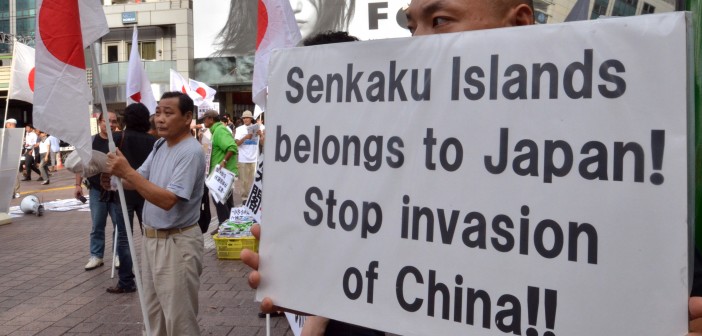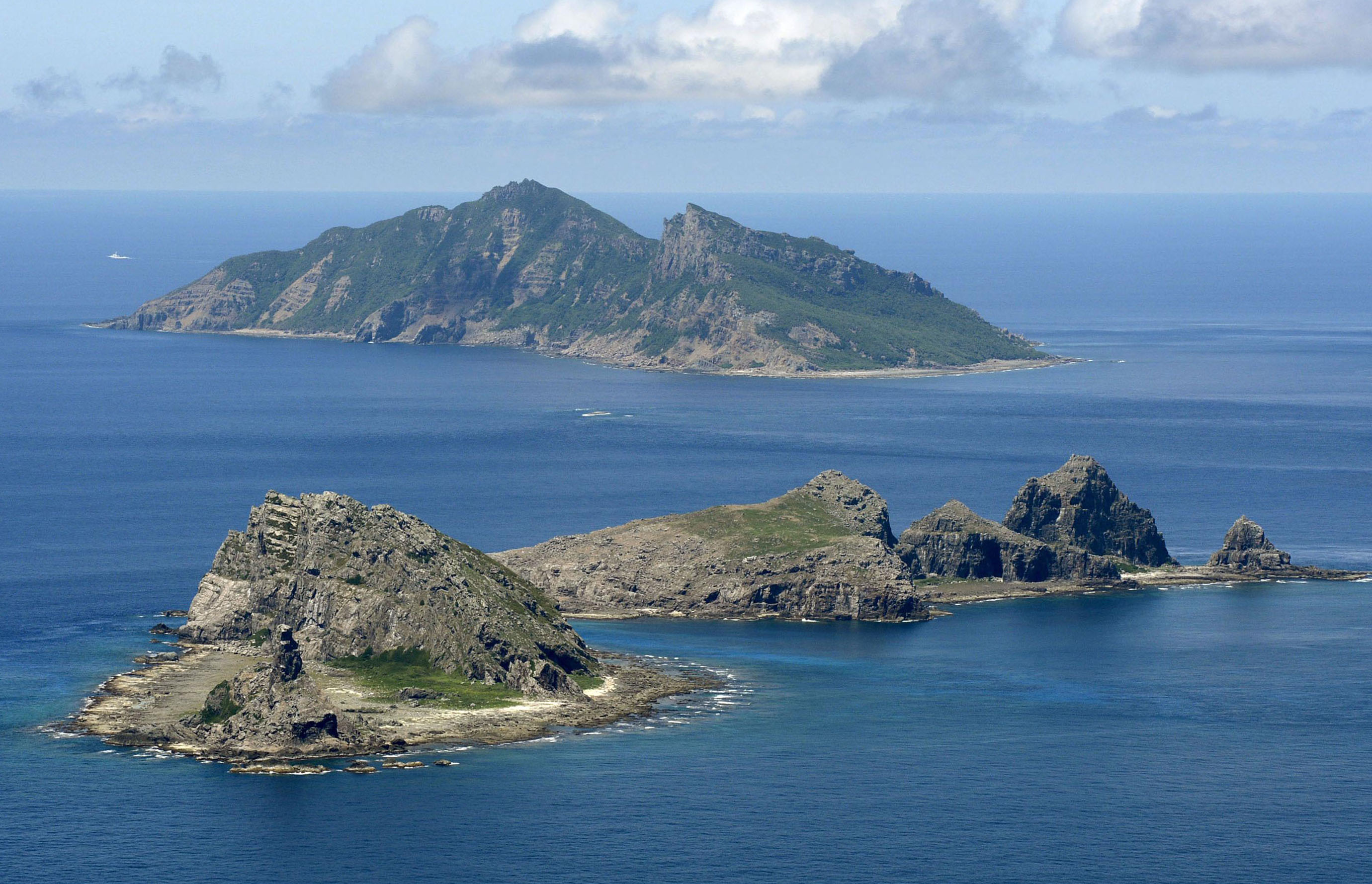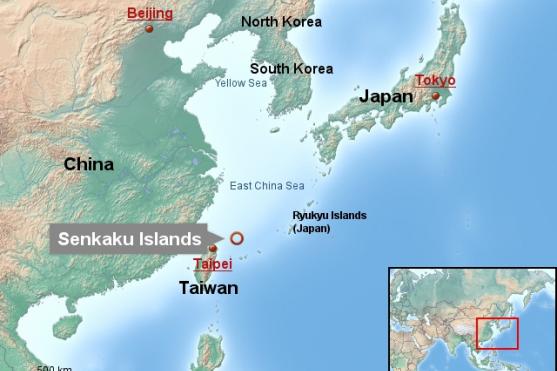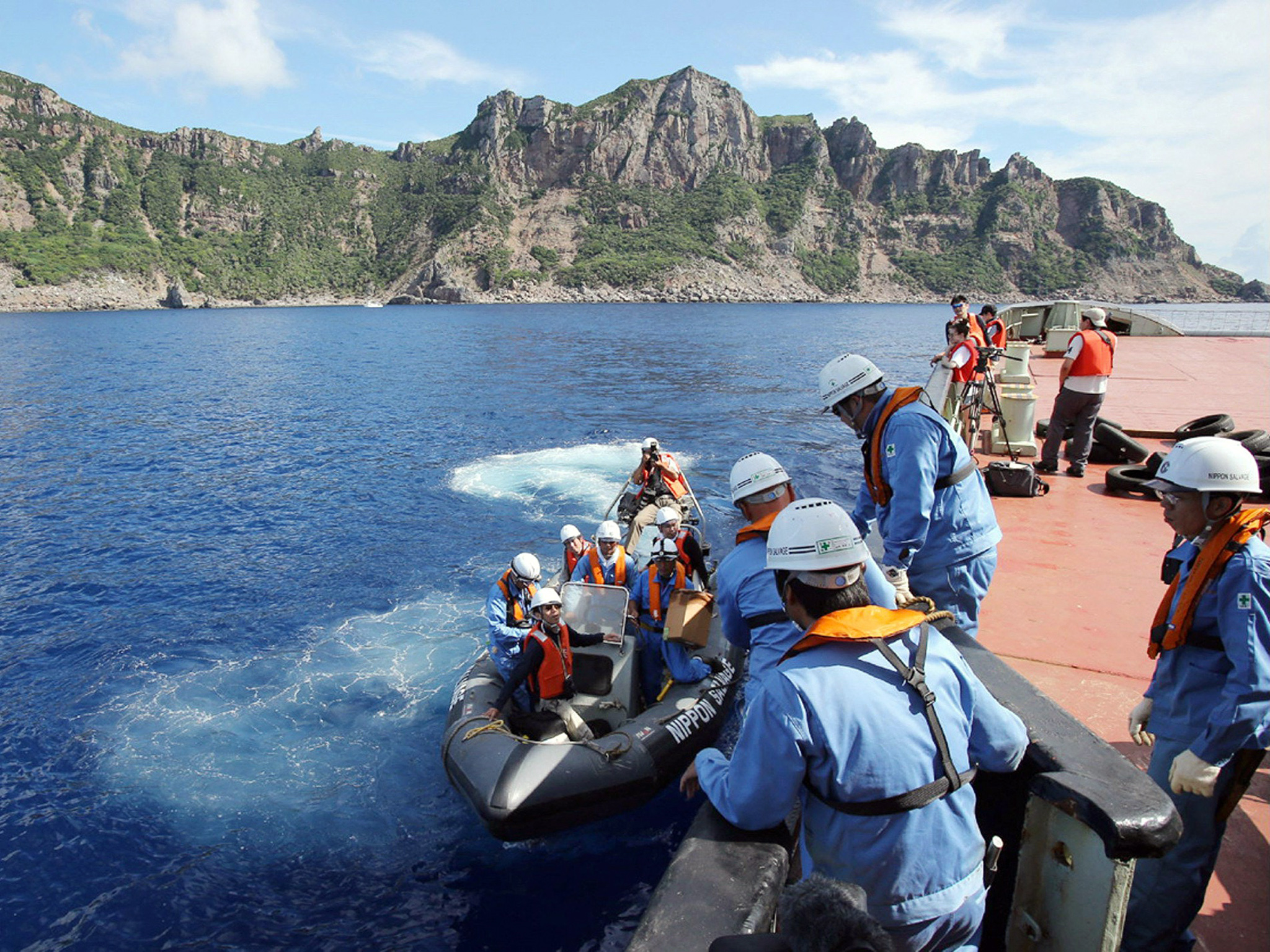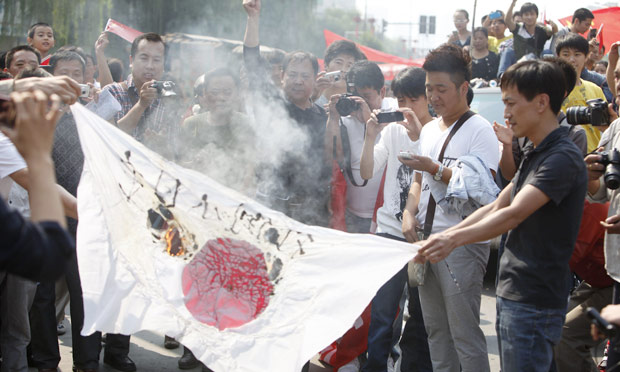China and Japan have been sparring again. The Chinese have accused Japanese foreign policy of being ‘two-faced’. This is just the latest trading of blows that has occurred between these two great Asian powers. This most recent skirmish centres on a defence review by the Japanese government which called on China to stop oil exploration. The Chinese exploration efforts centre on a disputed area in the East China Sea. Japan fears that China’s exploration could extract from reservoirs within their waters. China disagrees. A constant war of words has been shooting between Tokyo and Beijing for decades. They have had their disagreements, but the major dispute centres over a chain of uninhabited islands in the East China Sea. BRIC Plus News tells you everything you need to know.
Where is the East China Sea?
The East China Sea flows into the Pacific Ocean, and it lies in-between China and Japan. The waters are already a source of tension, the islands within them complicate the matter further. The islands, known as the Senkaku, Diaoyu, or Diaoyutai Islands (even the name of the islands is in dispute!) are situated close to Taiwan. They have a total area of only 7km squared, and are entirely uninhabited.
Why are they disputed?
China’s exploration for oil in the sea shows that the rich resources present in the area are a sticking point for tension. Naturally, in order to control the resources, one must first control the islands within. The islands are currently under the control of Japan, but this is a situation that China cannot and will not accept. The dispute stems from 1895, when Japan annexed five islands and three rock groups and declared them to be the ‘Senkaku Islands’. Following Japan’s surrender in 1945, the United States seized control. In 1971, both Taiwan and China declared sovereignty over the islands, calling them ‘Diaoyu’. But it was no use. The islands were returned to Japan the following year, and have been under their control ever since.
Has it led to war?
While there has been an ongoing war of words, it hasn’t spilled into outright military combat just yet. Still, a few minor maritime skirmishes have occurred. In 2010, a Japanese military ship collided with a Chinese fishing vessel as it tried to chase it from the islands. The captain was detained for a fortnight, and in response China instigated a cultural embargo on Japan, by suspending cultural exchanges. China also suspended political activity, and cancelled the export of rare earth metals to the country. In 2012, when 14 pro-China activists entered the waters, though only 5 swam ashore, all were detained by the Japanese coastguard, and deported. Four days later, Japanese nationalists landed on the islands to assert their country’s own claim. This dispute is over a century old. Extensive demonstrations have taken place in both countries over this issue. As tensions are inflamed and rhetoric increases in ferocity, it may only be a matter of time before this war of words becomes more than merely verbal.


